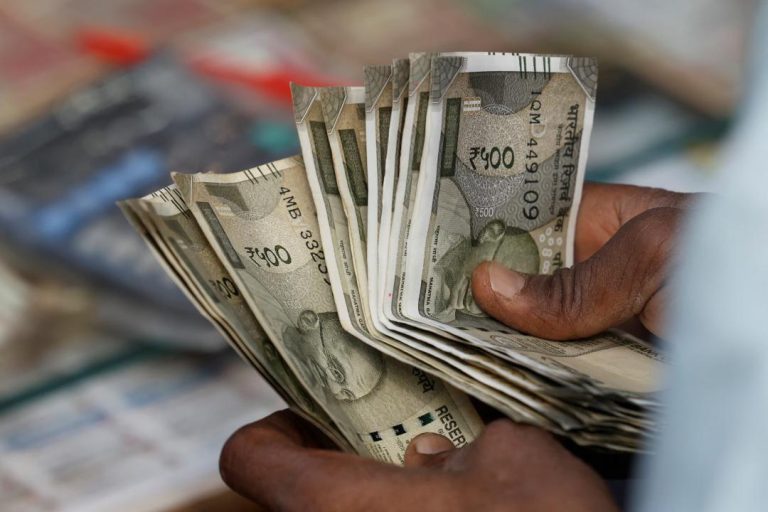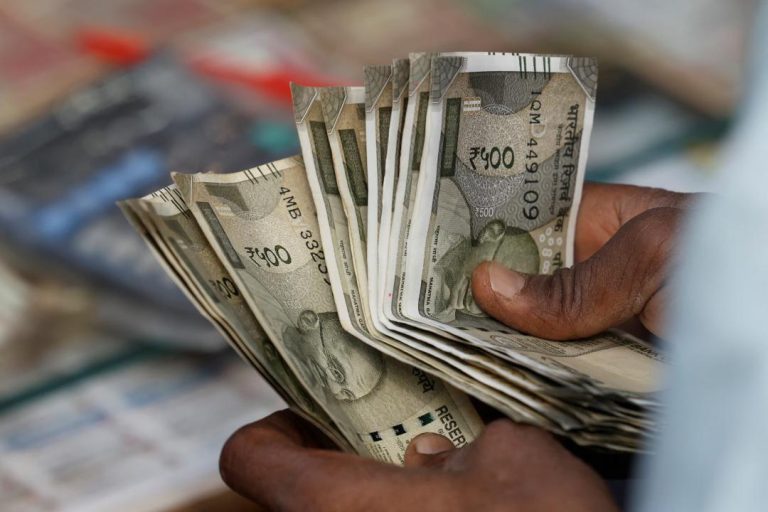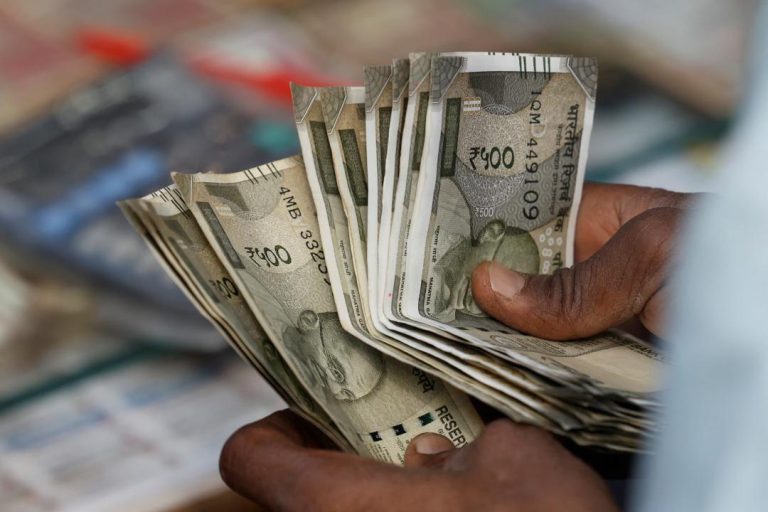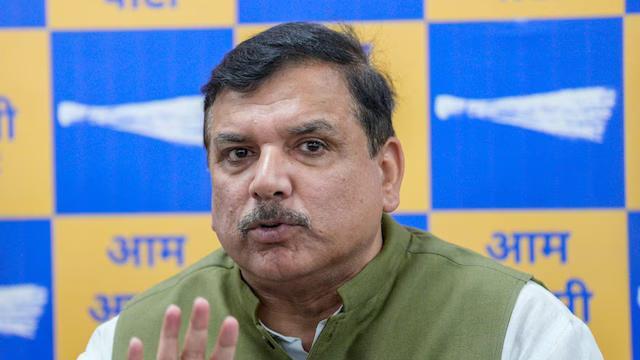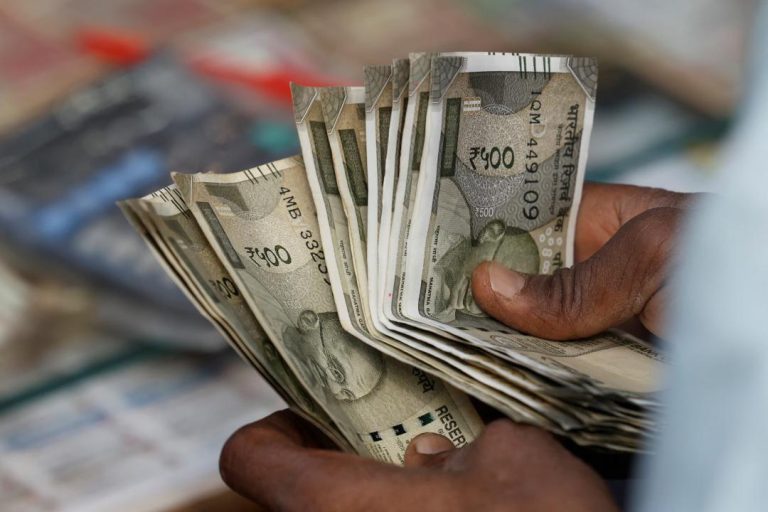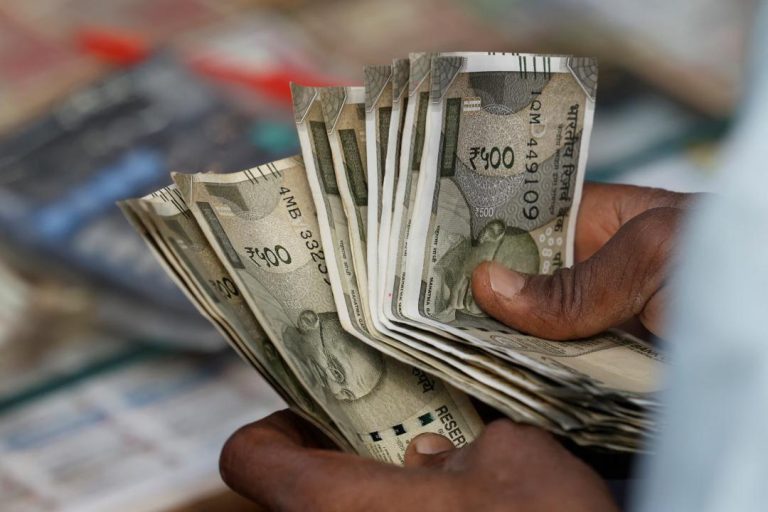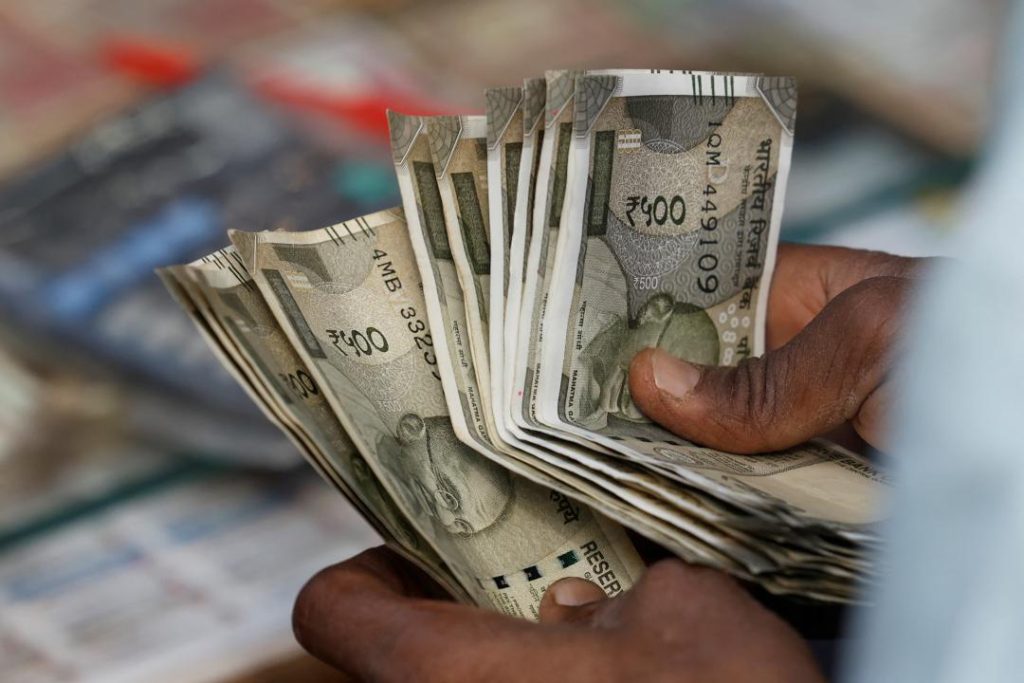
What Got Cheaper & Costlier in March as CPI Falls to 67-Month-Low of 3.34%?
India’s retail inflation, as measured by the Consumer Price Index (CPI), has reached a 67-month low of 3.34% in March, according to the Ministry of Statistics and Programme Implementation. This significant decline in inflation has led to a mixed bag of price movements across various essential commodities. While some items saw a substantial reduction in prices, others experienced a marginal increase. In this blog post, we’ll dive into the details of what got cheaper and costlier in March, and what it means for the Indian economy.
Declining Prices:
Prices of eggs, vegetables, and pulses saw a considerable decline in March. This is good news for consumers, especially those who rely heavily on these staples for their daily sustenance. The drop in prices of these essential items is likely to provide relief to households, especially in rural areas where the cost of living is already high.
Spices, meat, fish, housing, recreation, and amusement also saw prices drop marginally. This is a welcome development, as it indicates that the prices of these items are becoming more affordable for consumers. However, it’s essential to monitor these price movements closely to ensure that they don’t rebound sharply in the future.
Rising Prices:
On the other hand, prices of fruit saw a significant jump in March. This is likely due to factors such as a decline in production, supply chain disruptions, or changes in weather patterns. As a result, consumers may need to dig deeper into their pockets to purchase these essential items.
Prices of cereals, milk, oil, sugar, confectionery, clothing, snacks, sweets, pan, tobacco, footwear, fuel, health, and education saw marginal rises. While these increases may seem minor, they can still have a significant impact on household budgets, especially for those who are already struggling to make ends meet.
What Does it Mean for the Indian Economy?
The decline in retail inflation to a 67-month low is a welcome development for the Indian economy. It indicates that the country’s inflationary pressures are easing, which can have several positive effects on the economy.
Firstly, a declining inflation rate can lead to increased consumer spending, as households feel more confident about their purchasing power. This, in turn, can boost domestic demand and contribute to economic growth.
Secondly, a lower inflation rate can make borrowing cheaper for consumers and businesses. This can lead to increased investment, entrepreneurship, and job creation, which are essential for sustainable economic growth.
Thirdly, a declining inflation rate can also provide the Reserve Bank of India (RBI) with more room to cut interest rates. This can help stimulate economic growth, reduce unemployment, and increase overall prosperity.
Conclusion:
In conclusion, the decline in retail inflation to a 67-month low of 3.34% in March is a significant development for the Indian economy. While some essential items saw a decline in prices, others experienced a marginal increase. It’s essential for policymakers, businesses, and consumers to monitor these price movements closely to ensure that they remain affordable and sustainable in the long term.
As the Indian economy continues to navigate the challenges of globalization, technological disruption, and demographic changes, it’s crucial to maintain a stable and sustainable inflation rate. By doing so, we can create an environment that fosters economic growth, reduces poverty, and increases overall prosperity for all Indians.
Source:
